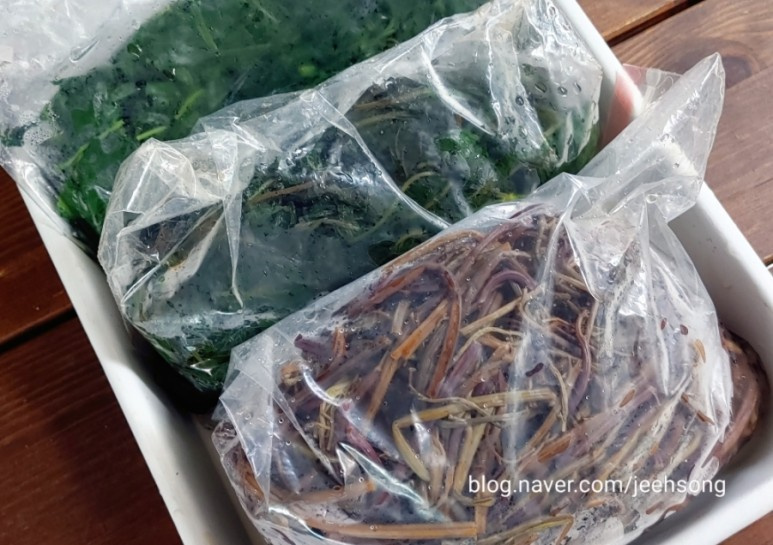Perfectly Prepared Dried Ferns: How to Soak and Boil for Delicious, Toxin-Free Dishes
Unlock the delicious potential of dried ferns! This guide details how to properly soak and boil dried fiddleheads, removing any toxins and preserving their wonderful flavor and health benefits.

Dried fiddleheads (gosari) might seem intimidating to prepare, but once they are soaked and boiled, half the work is already done! We’ll show you the best methods for soaking and boiling dried fiddleheads to safely remove toxins, enhance their flavor, and preserve their nutrients. Plus, learn how to store them properly!
Ingredients- 100g dried fiddleheads (gosari)
- Rice water (enough to cover the fiddleheads)
- 1 Tbsp vinegar
Cooking Instructions
Step 1
Begin by preparing the dried fiddleheads. Measure out 100g of dried fiddleheads. Using domestically sourced (Korean) fiddleheads is recommended for safety. Rinse them thoroughly under running water multiple times to remove any dust or debris.

Step 2
Now it’s time to soak the fiddleheads. Pour the reserved rice water into a large bowl and add all the rinsed dried fiddleheads. Rice water helps to remove any bitterness and tenderizes the fiddleheads.

Step 3
Ensure the fiddleheads are completely submerged in the rice water. If they float, place a plate or a heavy object on top to keep them fully immersed. This step is crucial for even soaking.

Step 4
Check for proper soaking. The fiddleheads should be pliable and bend easily. Soak for at least 6 hours, or preferably overnight, in the rice water.

Step 5
Next, boil the soaked fiddleheads. Transfer the soaked fiddleheads to a pot, add enough fresh water to cover them generously, and stir in 1 tablespoon of vinegar. Vinegar aids in neutralizing any remaining residual toxins. Boil for about 20-30 minutes. **Important Safety Note: While boiling fiddleheads, it’s essential to ensure good ventilation. Turn on your exhaust fan or open windows wide to allow any potential toxins to escape.**

Step 6
After boiling, rinse the fiddleheads again several times under clean water. Once rinsed, place them in a bowl of fresh cold water to soak.

Step 7
This soaking period further removes any remaining bitterness and toxins, making the fiddleheads softer and more palatable. Soak for at least 1 hour. If you are not cooking them immediately, they can be refrigerated at this stage or proceed to the next step.

Step 8
Once all pre-treatment is complete, prepare the fiddleheads for storage. Drain excess water and place them in an airtight container or zip-top bag. Add a little water to prevent them from drying out. They are now ready for refrigeration or freezing.

Step 9
**#StoringBoiledFiddleheads Tip:** If you plan to cook the fiddleheads within a few days, store them in the refrigerator in their sealed container with a bit of water. For longer storage (over a month), drain the water completely from the fiddleheads, place them in an airtight container, and freeze them. This method ensures you can enjoy fresh-tasting fiddleheads anytime!




